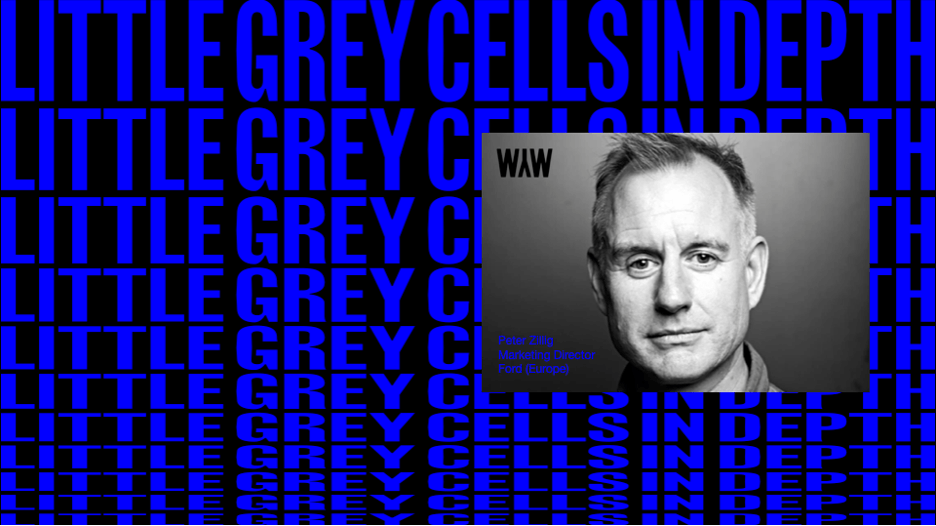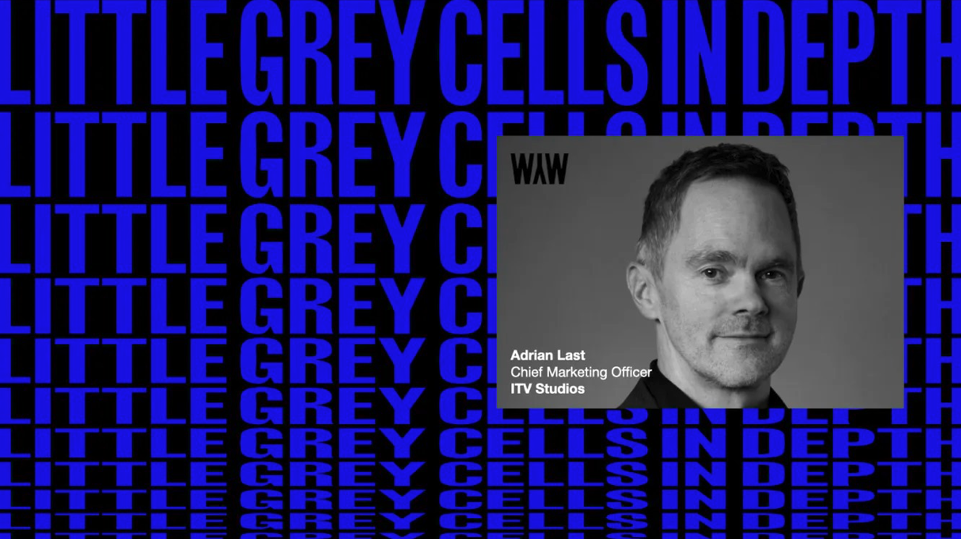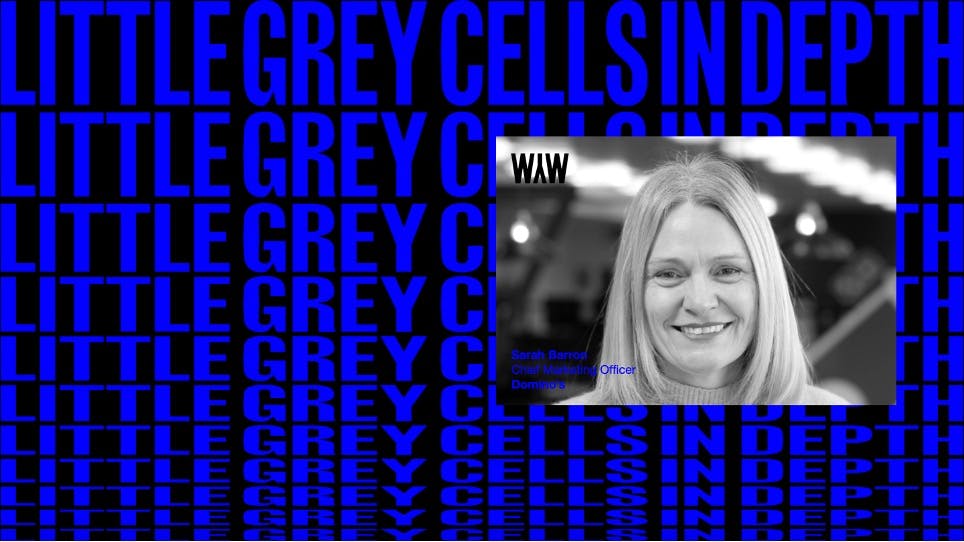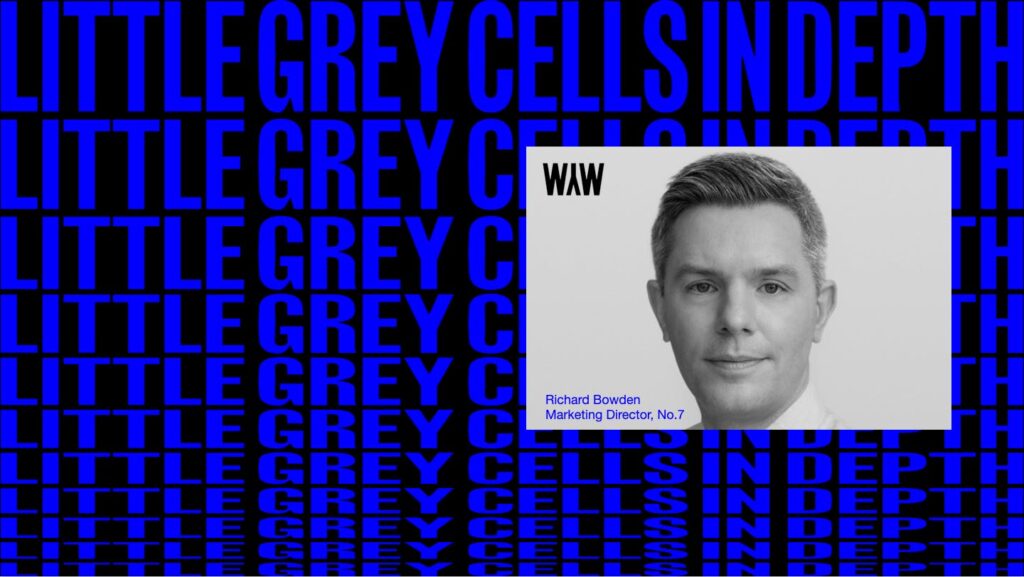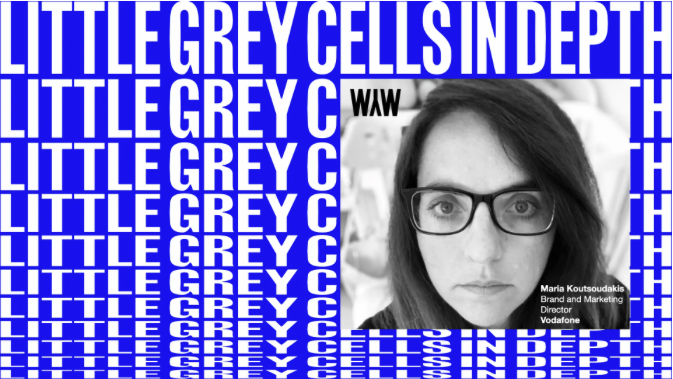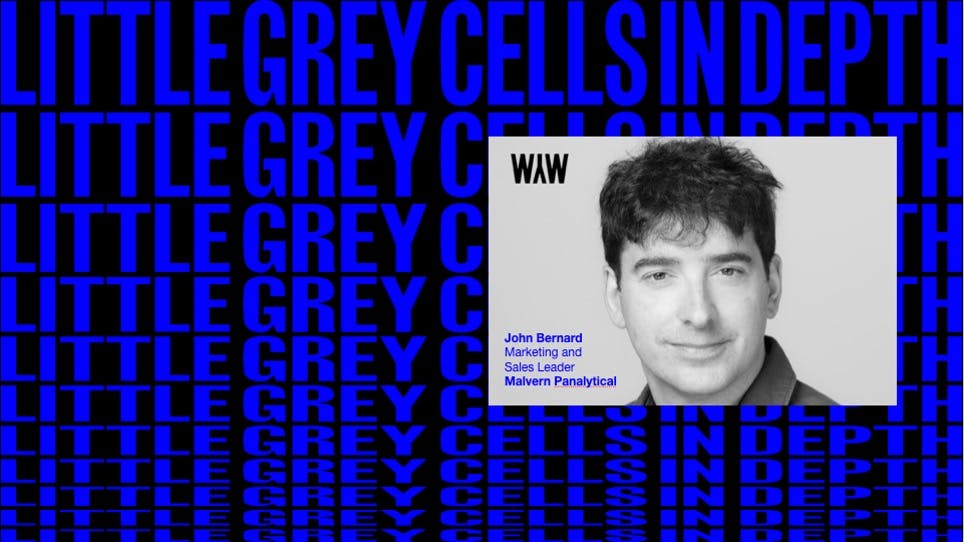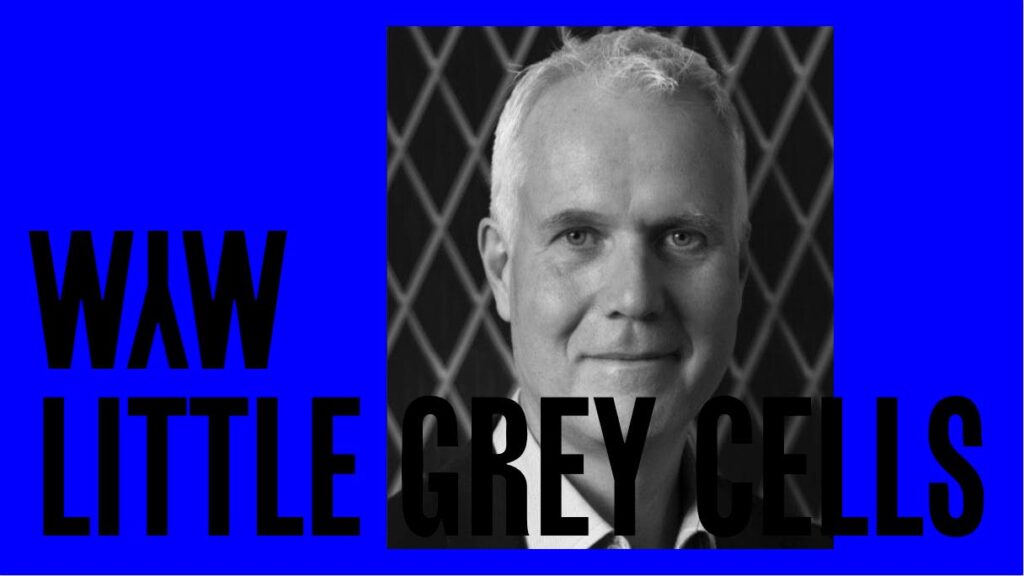Originally Published: August 11, 2023
Little Grey Cells: Tell me about your marketing journey: what’s the backstory to becoming Marketing Director for Ford Europe?
Pete Zillig: My journey has been pretty unscripted. It wasn’t meticulously planned at all. One of the things I really don’t enjoy in other people is naked ambition. I find it quite off-putting. I would describe my journey as gently ambitious. It has been a journey of listening, learning and application.
I started my journey in Frankfurt, Germany. I was writing my final year thesis at university, on the chances of success for a Pan European newspaper. It was timely as newspaper magnate Robert Maxwell was about to launch The European.
My tutor for the thesis was actually a McKinsey consultant and as I got towards the end of my thesis, he said: “I think you should consider a role or a career in media, or in advertising, or in some form of creative business. You’ve written something that is creative and good, providing good insight into Pan-European media.”
So I started out as a junior account guy, in a small ad agency in Frankfurt. I spent around 18 months making tea and doing admin, learning the ropes of the business. I worked on the Bahlsen biscuit brand and the Jacobs Coffee business. Eventually I left and joined a Munich-based agency called Contop, which was a subsidiary of Grey. It only had sports accounts: GoreTex, Salomon, Fjällräven among others. I loved it. I started to make ‘work’ for a sector I was passionate about. I spent four or five years there, but I was getting a bit frustrated with the fact that I was still doing an awful lot of admin and bureaucracy and the business I was working on was predominantly for the German market – I was interested in a more pan-European role.
I got a call from a headhunter about a role as head of advertising for Europe, Middle East and Africa for Compaq, the computer company, based in Munich, at their European headquarters. It was a big step at that early stage of my career. I was interviewed and I got the job. It was a wonderful time for Compaq. They were expanding. They were a real competitor to IBM at the time after the acquisition of both Digital Equipment (DEC) and Tandem Computing. I was there for nearly five years, launched a series of European campaigns and set up Compaq’s first direct sales model to compete with Dell who had challenged the reseller model by going direct.
I spent most of my time at Compaq working together with the agency Ammirati Puril Lintas. I was asked if I would consider coming back ‘agency-side’. I spent five years at what became Lowe Lintas and then just Lowe, working on some great accounts and doing some wonderful work. I think we were either agency of the year – or campaign agency of the year – two or three times, there were some really bright minds and great creative talent there.

The culture was very unique: all about the quality of the creative work and its impact on a clients business…..some might argue that the culture bordered on belligerence and arrogance – but all in the spirit of the very best creative work. A client would be asked to submit the brief and ultimately then let the agency get on with the work. If the client wasn’t happy with the work that was presented back to them, it may have been politely suggested that there were plenty of other agencies in London who were willing to do average work!
As an agency we were responsible for some brilliant work during that period and for some great brands: Stella Artois, Heineken, Tesco. We launched the mobile phone brand Orange with the famous “the future’s bright, the future’ orange” – all of that work – the campaign for HSBC: “The world’s local bank” came out of that agency at that time – and of course Tesco: “Every little helps”.
Then in 2006, I was contacted by David Jones, who was at that time global CEO of Euro RSCG. They’d just won a huge piece of business: the global account for Reckitt-Benckiser. I was invited to run it which I did for 3 years building a team, structure and processes to manage the business globally. In parallel I also took on the role as President of global brands overseeing other global businesses and seeking to apply learning and best practice across all our global accounts.
My career then progressed to being CEO of the Euro RSCG office in New York, where I spent a couple of years, taking my whole family and pets – dog and a hamster(!) – with me. Our offices were in Spring Street, towards the Meatpacking District, opposite Saatchi and Saatchi. Not quite on Madison Avenue – but very cool and a very exciting time for me personally and professionally.
I did a lot of growing up in Manhattan. When you’re running an agency, it’s not just about the work or the primary client relationships. It’s about the profit and loss. It’s about the bottom line. It’s about talent. It’s about growing the agency and winning new business. That was a big learning curve.
Next, my wife and I had to make a decision about where we wanted our 3 kids to grow up. We chose to come back to London, where I took on a new role: CEO of Tag, which is a creative production agency. It was a completely different part of the industry – which I really enjoyed. It was just after Steve Parish had sold the business to a company called Williams Lea, which was part of Deutsche Post DHL. It was a unique challenge to be operating a creative business within what was ultimately a global logistics company.
Their vision was to deliver an end-to-end marketing supply chain business. But it didn’t quite pan out like that. So I left after about three and a half years as it was culturally quite a tough environment and I went to be CEO at Cheil – the Advertising/Digital agency that is 20% owned by Samsung. We did a huge amount of work for Samsung. When I arrived there around 80% of the work was Samsung business. By the time I left, it had moved to a 50/50 ratio: Samsung versus other business. We won clients such as Etihad Airways, Nivea and The Restaurant Group. It was great to grow a more diverse client base there.
At this point in my career, I’m 52. I’ve been working for 30 years in advertising agencies, production agencies, digital agencies and in client side roles – going from Frankfurt, to Munich, to London to New York, and back to London – a lot of time spent travelling, learning and absorbing multiple industries and challenges. I think over and above everything else, my experiences made me a good listener.
Often in advertising and communications agencies, people are very good at selling ideas or presenting or talking to clients. But I don’t believe enough people are good at truly listening for meaning – which is really important, especially when you’re delivering on behalf of what is often a complex and fast changing client environment. Over time, I’ve developed the skill of being a good listener. Ultimately, the better you are at listening, the more pithy and succinct you can be in your response. I’m a big fan of brevity!
Having spent nearly 4 years at Cheil I received a call about becoming the Marketing Director of Ford of Europe. After a lengthy and rigorous interview process I was offered the role. It was very clear to me that the opportunity to refound Ford for the electric and connected era was a huge opportunity to secure Ford’s legacy for the next 100 years in this region – just too good to turn down.
LGC: I’ve been told that you spend half your week in Cologne, Germany and half in London. Is that right – and how does that work?
PZ: Well, firstly, we’re an empty nest now – our three kids have left home. I think it has given me the freedom to do a job like this. Cologne is the European headquarters of Ford – however – a lot of my teammates are here in London, or in other parts of Europe. Cologne is a skip and a hop from London. It’s a 45 minute flight. I take the last flight each Sunday night and get to my apartment around 11pm.
Monday to Wednesday I spend all of my time at the office or back in the apartment – which is right next to the Rhein. I love running along the Rhein. It is my ‘headspace time’ and keeps me balanced. Cologne is a very different city to other places I lived in in Germany: I have lived in Frankfurt, Stuttgart and Munich. Cologne is a very grounded city. It’s got a great industrial history. Ford has been there a long, long time and I enjoy it. On Thursday and Friday I am either in London or with one of our local European markets.
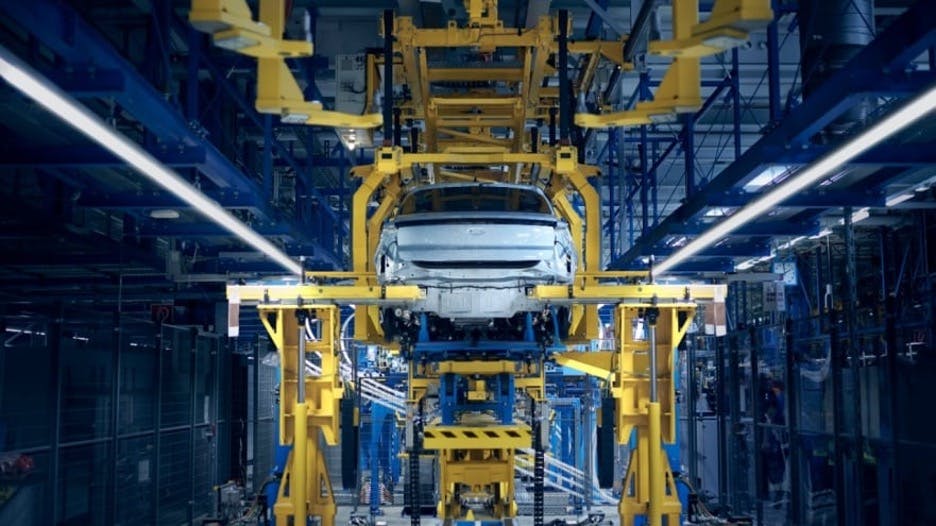
LGC: With scientific data driven marketing at one end of the spectrum and ingenious, creative ideas at the other, which side do you lean towards?
PZ: I think if I have to lean towards one side, it is definitely creative. But data is massively important too. You can have as much data as you want – but if your ideas aren’t good enough, they aren’t going to go anywhere. Focusing on the creative idea, the platform – whatever you want to call it – is still absolutely paramount.
There’s a new generation of ideas that are now data driven – AI driven, technology driven and not just human driven – that’s a good thing. It also means that in a highly competitive and cluttered world, where there’s so much noise, you have to stand out: you have to create engagement. That is essential. Data is a wonderful gift, because it enables you to hone, improve and deliver your idea to the right audience, at the right time, in the right channel, in the right way – and then to keep learning and improving it.
But starting out with a brilliant idea is still the absolute benchmark for me.
LGC: When is it acceptable to use AI in marketing? Or should it always be a human?
PZ: It’s totally acceptable to use AI in marketing. It’s always potentially possible to apply AI – either in part or in full. Despite all the scare-mongering, I don’t think we should be frightened of it. I think we need to use it in ways that are responsible. We need to monitor things and probably take baby steps rather than big leaps. We want to test what we do first – but I’m really excited about it.
Obviously I’d be really disappointed if any of our agency partners are taking our briefs and just typing into Google Bard or Chat GPT – given what we pay them to do great work, and given the great minds in their buildings… but I’m sure that’s not the case! Our agencies are as keen to learn about the application of AI as we are. The potential is huge and at Ford we have been experimenting.
LGC: How is your business, riding the storm of economic and economic turbulence, increased cost of living?
PZ: I joined Ford, in July 2020, in the middle of the pandemic. So I’ve been through a couple of waves of the COVID pandemic, a cost of living crisis, I would say a political crisis in this country, as we switched from one leader to another – and a semiconductor shortage, which meant we actually couldn’t make enough cars for a very long time.
It’s been a really challenging three years – but I think these challenges force you to make choices. Of course, your budget comes under pressure. We have not spent as much money over the last three years as we did prior to my arrival given the conditions described above.
It was tough – but it forced us to do two things. Firstly to make really, really good decisions around what we do and what we don’t do. And secondly, it’s definitely pushed a lot more of our spend into digital. When I arrived at Ford around 35-40% of our spend was going into digital channels, I think this year will be at 70%. That’s a good thing.
I’ve found these challenges strangely provocative. They have forced us to evaluate things that we wouldn’t have evaluated before. As everybody says about COVID – we did things differently before, but at Ford we’ve learned things, and taken them into the new world. We are not the company that I joined three years ago. We’re doing things very differently. So I think I view it all as “glass half full”.
LGC: How is Ford navigating the drive towards sustainability?
PZ: We just opened our brand new Electric Vehicles Centre in Cologne together with the Chancellor of Germany and Bill Ford, the chairman of Ford globally, the great grandson of Henry Ford.
When it starts making cars next year, it will be our first carbon neutral factory facility. It will be capable of making around 250,000 vehicles a year. By 2030, we will be all electric and will not be producing any more vehicles with a combustion engine. 2030 is only seven years away now. Even on our commercial vehicle side of the business, by 2030, two-thirds of our vehicles will be electric.
Nearly 25 years ago, we were the first automotive manufacturer to produce a sustainability report. It was Bill Ford, the chairman of the company who produced it and recently he was talking about how much stick he took at the time. Now his vision is becoming a reality.
Ford is a family business: the Ford name is still above the door. As a family business, there are values enshrined in our company that mean we treat our customers like members of our family, and therefore we treat the world in a way that you would expect your family to treat it. It’s in our DNA at Ford. And that DNA has driven a sustainability agenda that is probably much more established than many other automotive manufacturers. We have an overarching theme for all our Sustainability efforts of ‘Road to Better’ – its global and everything we do feeds this mantra.
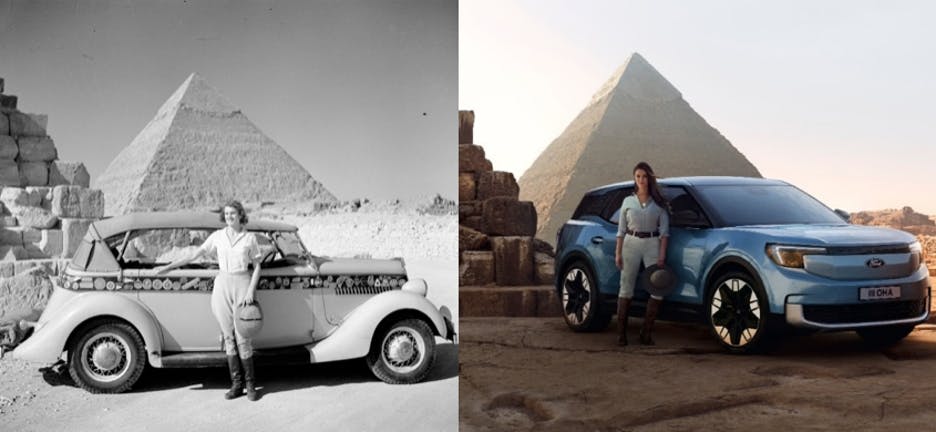
LGC: We’ve just had the launch of the 2023 electric Ford Explorer SUV?
PZ: 100 years ago, a lady called Aloha Wanderwell was the first woman to drive around the world.She started from Nice in the south of France. It took her years. She did it in a Ford Model T. At the time, Henry Ford wrote to every dealer around the world, and said, If this lady turns up in our Ford Model T and needs help, please help her. And they did and Aloha achieved her goal.
This year, an American lady called Lexi Alford, the youngest woman to have visited every country in the world will set off in our all electric Explorer, and she’s gonna be the first person to drive around the world in an electric vehicle, retracing the steps of Aloha.
We’re very keen on telling stories that only Ford can tell. As we say, in the Indiana Jones film, “if you want to be an explorer, get the EV that says Explorer on the front”.
It’s a beautiful vehicle, and obviously, it’s fully electric. There’s going to be a couple of other electric vehicles joining it in the next couple of years…..watch this space! We say that we are “making electric iconic”, because what we’re doing is taking iconic nameplates like the Explorer – and we are electrifying them. We’re bringing a spirit and a swagger to electrification, which many other brands are not doing. I felt that electrification was taking the fun out of motoring for a lot of people – and as a result – taking the fun out of automotive advertising and marketing – so ‘bringing the spirit’ is something we can legitimately do, as the only American car brand left in Europe…
LGC: What have you learned that allows you to get the best out of your marketing team?
PZ: Back to my comment earlier around naked ambition. The first thing is: it’s genuinely not about me. It’s about the team. I think being grounded, normal, straightforward, honest, open, transparent and authentic with your team is really, really important. I think having a meritocracy is super-important. I don’t feel there’s any hierarchy in the team. I might happen to have the title – but that’s where it stops.
We’ve got a lovely blend of people who have been at Ford for a while, and we’ve got some great new talent as we go on our digital journey, on our electric journey and on our sustainability journey.
One of the most important things you can give a team is a vision. You have to give people a Northstar. You have to give them that beacon of where you want to take the brand and the company.
There’s lots of detail that sits beneath that in terms of briefs, vehicles, software, technology, storage, whatever it might be. But if they don’t understand the destination, they’re very unlikely to be able to contextualize what they’re doing. A Northstar can also be inspirational.
The other key thing is helping people understand the momentum that you’re generating. I think if you can demonstrate momentum – with evidence in terms of ‘real data’ – then that’s a wonderful thing. Momentum can be really elusive in any form of life: politics, business, sport – you name it. But when you have momentum, it’s a wonderful thing – but it’s also really tough to hang on to and to keep growing.
I think when people work so hard, it’s a joy to be able to help them understand that they’re part of momentum. Ultimately what we’re doing at the moment in Europe is re-founding Ford.
LGC: Lately, there seems to have been a drive towards ‘tactification’ in marketing, by which I mean, leap-frogging some of the crucial marketing disciplines of research and strategy and rushing to dispense tactics.What’s your view on marketers that are doing this?
PZ: Firstly, it’s about balance, right? As always, but rigour is really important. And understanding your customer, their journey, the brand’s positioning, your channels, your data, your objectives, your business – you’ve got to get all of those things right. There’s an awful lot of context required before you put a brief into an agency.
I think rigour is really, really important. If you want to build longevity as a brand, you can’t do that quickly. Going back to my agency days, the most disciplined part of any agency was the planning department – the people who took the time and gave you that one strategic line, that one sentence, that strategic proposition from which the work was then created. That proposition was often the most powerful thing.
But we live in a world today where we have the ability to be agile. There’s a real difference between agility and tactics. Because agility that is planned – not knee jerk, but data driven, is powerful. Ultimately, this agility enables personalization and experimentation – both are wonderful things to be able to do.
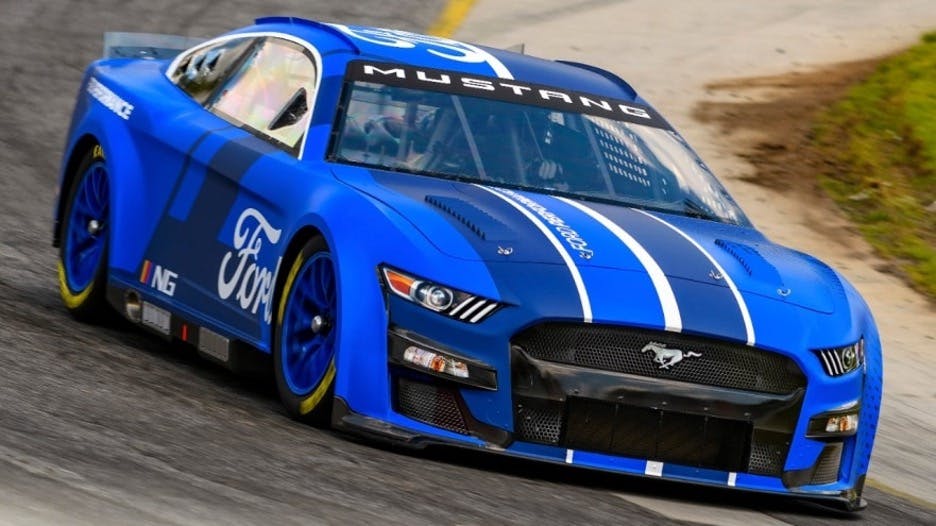
LGC: On the politics of marketing in bigger businesses: have you any tips on how to navigate the choppy waters of big business organization? Perhaps where considered marketing might get a ‘push back’ from upstairs in the c-suite?
PZ: It depends a lot on the history and the DNA of a company. Some companies have always been culturally more marketing driven. Other companies have always been culturally more sales driven. I think it depends on the culture that you reside in.
But let’s assume your question is more pointed towards a company that is more of a sales driven culture where the job is definitely tougher. The key thing is to be able to demonstrate your results. Simple as that. Unfortunately, in some company cultures, marketing will be low down on the agenda. But the key to moving up the agenda is to prove the value of any marketing investment. Case studies build incremental trust and belief. That brings us back to data and being data driven in everything that we do in terms of results.
But, even if a company is very sales driven, they understand the value of their brand on the balance sheet, then that also focuses decision making and securing the right investment for marketing. I would also suggest that having mentors and sponsors who can influence the decision making process is hugely important. Choose those people wisely.
Over the years, all three of my children have asked me the question: “Should I consider a career in marketing and advertising?” I’ve always said: “no”. There was a time when I felt marketing and advertising had lost a lot of trust and credibility over time. Advertising started to appear superficial and subjective against a backdrop of growing data sources. But things are changing: data, science, AI and technology have started to give marketing and advertising a lot more credibility. Recruiting into the industry is attractive again.
Marketing is a broad term – it encompasses everything that we do from CRM, to advertising, e-commerce, events, experiential – and more. I think as we become more of an ‘e-retailer’, as – we’re now selling cars directly online – as marketing drives initiatives like that, I think they are the kinds of things that are giving everything else we do more credibility.
LGC: The classic marketing dilemma: how do you balance the need for long term brand building and more short term sales activation campaigns?
PZ: The honest answer is I don’t think we do – especially with all the pressure that’s been on the business. I think in the short term, there’s a drive to sell products, to get the business to a good place, which we’re doing. Another reason I took this job was because I saw the opportunity to dust off and rejuvenate the Ford brand.
Ford is a real gem. There’s a lot of latent love for Ford in the market. Many people have probably driven a Ford at some point in their lives. It’s a universal brand. But it had lost its way. The people at Ford understand that. There is empathy and understanding that we need to sell product. But we have to move the brand on again. We have to evolve the brand to a place that is true and honest. Increasingly, we’re leaning into being an American brand and the ‘Can Do’ American spirit. – we’re not inventing something. It’s our ‘truth’. It’s our brand DNA.
As we move into electrification we’re very aware that there’s a new electric vehicle launching every 10 days in Europe this year. Which means massive competition, coming from across the globe.
We also know that you may have been loyal to an automobile brand with your car purchases for 10 or 20 years – Volvo, BMW whatever it might be. But when you buy your first electric vehicle, you will reconsider the brand that you choose. We saw it with the Mustang Mach-E: when we launched it 80% of customers were totally new to Ford. With the Explorer we were talking about earlier, we predict that at least 60% of customers will be new to the Ford brand.
We need to sell cars. And yes, there are plenty of initiatives that do that within the marketing mix. But the brand opportunity we have around the ‘electrification switch moment’ is huge. We can’t miss it. My team understands that. It has really helped people to understand the value of the brand.
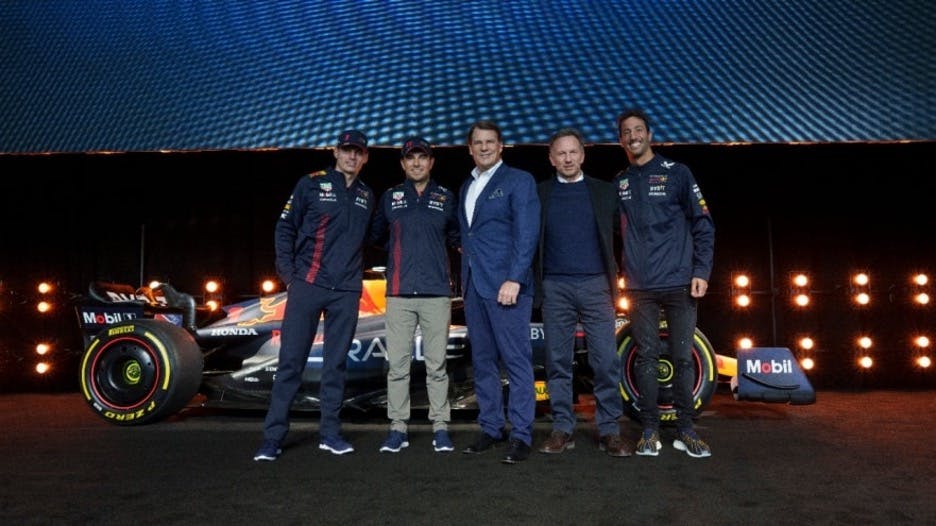
LGC: Tell me about Ford and Formula 1.
PZ: Ford has a rich history of motor racing. The Dakar rally in ‘24 – with a Ford Ranger; World Rally Championships; NASCAR in the US. Then there’s the old rivalry between Ford and Ferrari – and let’s not forget the Ford Cosworth.
Ford were known for building racing engines. For us, Formula 1 is not a sponsorship deal: we are the powertrain manufacturer. Providing the powertrain is a very different thing to just putting your logo on a car.
Secondly, when we make our debut in Formula 1, in 2026, it will be the first year that Formula 1 is racing fully on sustainable fuels with three times the electrical power. It’s a very different way to how we have raced before. Also the decision was about choosing the right team. Red Bull is a winning team and ‘on brand’.
We talked a little bit about the spirit of our brand and the American spirit, the adventurous spirit – that ‘can do’ spirit. There’s a really good brand fit between us and Red Bull. And they’re winners. We’re putting Ford back on the map in that respect. Ford is a brand that deserves to be seen on the podium.
LGC: How important is storytelling when maximizing your customer’s engagement?
Massive, it’s huge. And I actually mentioned it briefly earlier when I spoke about stories ‘that only Ford can tell’ Like Aloha Wanderwall, or Ford versus Ferrari. There’s a story of the actor John Wayne doing a jump in a Ford Capri over Tower Bridge years ago. We have stories that only Ford can tell. Stories that only certain Ford nameplates can tell. Mustang can tell stories. Explorer can tell stories. Puma can tell stories. Ranger can tell stories. Ford storytelling is so rich. I feel very lucky to be the guardian of a brand, with my team, which has so many quality stories to tell.
LGC: Creative agencies rail against the time and resource spent working on pitches to win accounts. Is there a realistic fair alternative to the pitch process?
PZ: Having spent a lot of time on the agency side, firstly I would encourage all clients to get to their shortlist of agencies pretty quickly. Be fair, be focused and be clear about who you think you want to work with and construct your list accordingly. Don’t waste an agency’s time.
Secondly, agencies invest a huge amount of money on pitches. I believe that agencies should be paid to pitch – not huge sums of money. But it might be that we choose to cover some production costs or we donate a sum of money to a charity of an agency’s choice. As you start to get deeper into hard work and production, and often these days we have highly polished pitches – I believe agencies should be remunerated and rewarded for their work. It’s unfair to expect them to do it all and then to walk away with nothing having spent a lot of their own money.
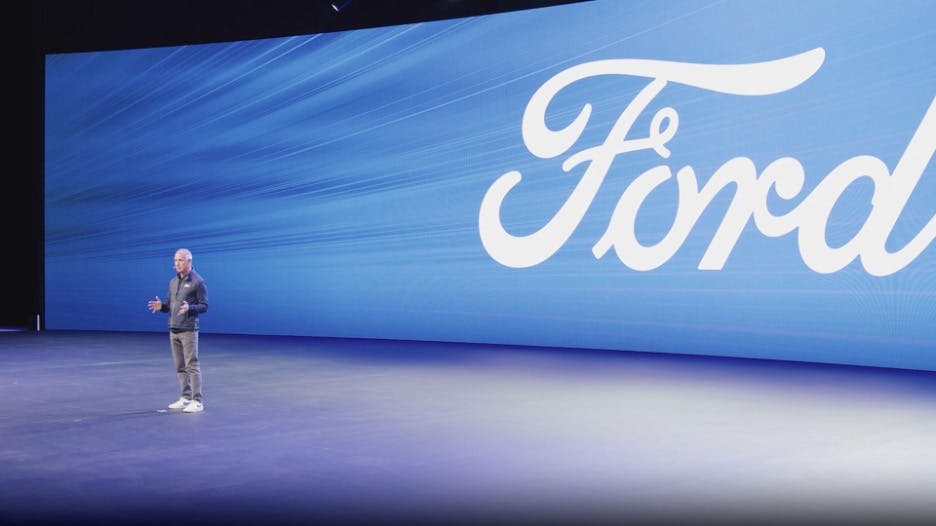
LGC: If there’s one thing you’ve learned about marketing, it is?
PZ: Everybody has a plan until you get punched in the face. I think we’ve all imagined at times we’re on the cusp of campaign or marketing greatness. And then somebody or something pulls the rug. Until it’s over the line – until you’ve got some results in – do not count your chickens and keep pushing to execute and deliver until the final moment.
